India’s Forgotten Civilizations: What If We’re Older Than History Itself
Riya Kumari | Jan 09, 2025, 23:59 IST
Harrapan Civilization
When we think of ancient India, we typically picture the Indus Valley Civilization or the spiritual depth of the Vedas. But what if these are just a small part of a far older story? What if the roots of Indian civilization stretch back tens of thousands of years, with lost cities, advanced knowledge, and forgotten technologies waiting to be rediscovered?
We all think we know the story of India’s history, right? The Indus Valley Civilization, the Vedic texts, the Maurya Empire—these are the classic benchmarks. These are the things you learned in school, and they’re what most people believe to be the “roots” of India’s history. But what if all this is only scratching the surface? What if the true story of India’s civilization is far older than we’ve been taught? And I mean really old. Think tens of thousands of years old.
1.
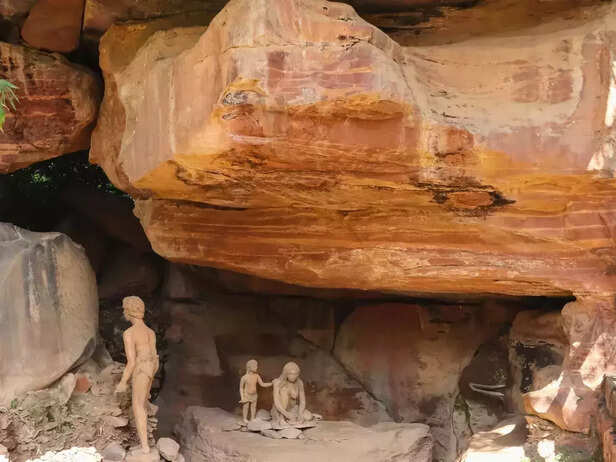
Let’s start with the Bhimbetka rock shelters in Madhya Pradesh. These caves contain some of the oldest known rock paintings in the world—dating back over 30,000 years. These aren’t just primitive scribbles. The artwork depicts complex hunting scenes, animals, and even social gatherings. What does this tell us? That ancient humans in India were creating art long before we thought civilization as we know it began. These paintings aren’t just pretty pictures—they’re a window into the mental and social lives of humans who lived thousands of years ago, well before the rise of recorded civilizations.
2. Dholavira
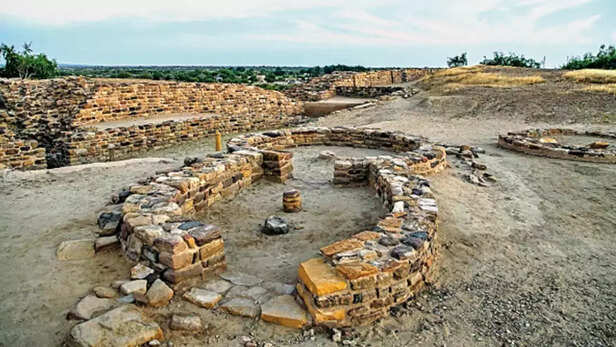
Next, we have Dholavira, an archaeological site from the Indus Valley Civilization. Here, we find one of the most advanced urban planning systems of its time, complete with reservoirs, step wells, and a detailed system of water management. But here’s the kicker: many of the water systems were built with astronomical alignments in mind. The people of Dholavira were using the stars to dictate how they managed their resources, and that wasn’t just practical—it was a reflection of a deep understanding of the cosmos. The complexity of this system wasn’t just ahead of its time; it could have been built only by a highly sophisticated, deeply knowledgeable society. And that sophistication hints at an even older civilization than we usually credit.
3. The Rig Veda
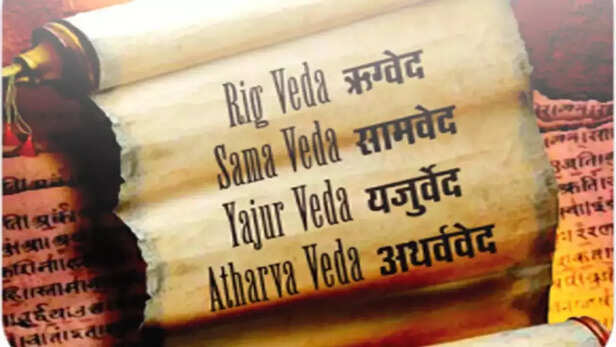
When we think of the Rig Veda, we often think of spiritual hymns or philosophical texts. But the Vedas are also packed with references to the cosmos—things like the movement of the stars and planets. What does this mean? The Vedic texts show us that ancient Indians were not only astronomically aware—they were actively tracking celestial movements. But here’s the catch: modern researchers have pointed out that these astronomical references in the Rig Veda could date back much earlier than traditionally believed—around 6,000 BCE or even earlier. That’s thousands of years before many of the world’s most famous civilizations even existed. So, these texts aren’t just religious; they’re also records of ancient, sophisticated knowledge about the universe.
4. The Saraswati River
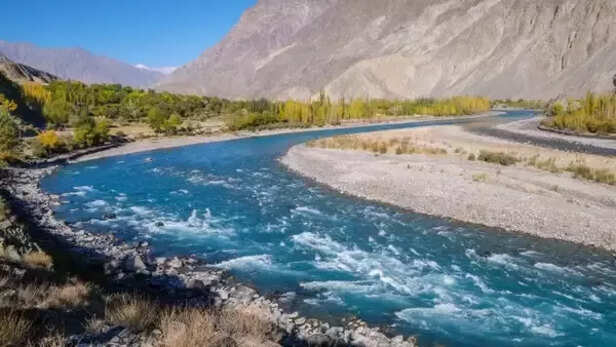
One of the most compelling pieces of evidence comes from the Saraswati River. Mentioned in ancient texts like the Rig Veda, this river is believed to have been a major lifeline for the Indus Valley Civilization. But the catch? The river no longer exists. Or does it? Recent studies have found evidence of a vast riverbed beneath the Thar Desert, suggesting that the Saraswati might have been a massive river system that dried up thousands of years ago. The disappearance of this river could have drastically altered ancient civilizations, forcing entire populations to migrate. The fact that such a river even existed and played a major role in India’s early history is a key piece of the puzzle.
5. Ancient Indian Cities
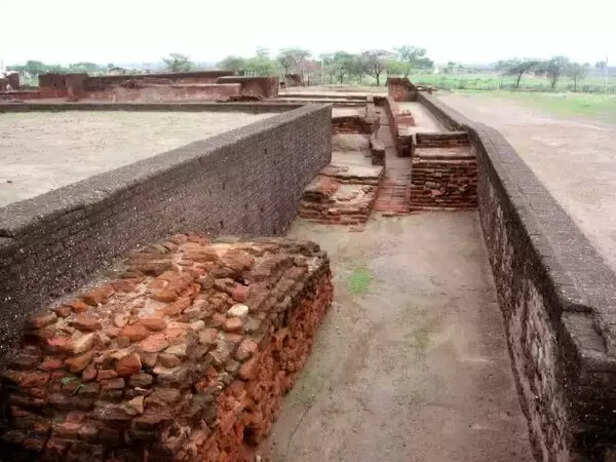
And then there’s the discovery of ancient, long-lost cities that we’re just starting to uncover. Take the site of Lothal, another key settlement of the Indus Valley Civilization. Not only was Lothal an important trading hub, but it also had an incredibly advanced dockyard for its time. This suggests that India’s ancient people were not just content with basic agriculture and living; they were actively engaged in trade, industry, and engineering. But here’s the kicker: Lothal, along with several other similar sites, shows evidence of being destroyed by catastrophic floods or other natural disasters. Over time, these settlements were buried beneath layers of sediment, only to be rediscovered by modern archaeologists. If these cities were lost so long ago, what other advanced urban centers could lie hidden beneath the earth, waiting to be uncovered?
Why This Matters
So, what do we do with all this? It’s not just a cool collection of facts to impress your friends with at a dinner party. These discoveries fundamentally change how we view the history of human civilization. If we’re looking at a story that stretches back 30,000 years, it’s not just about archaeology. It’s about rethinking everything from our cultural legacy to our place in the world. In the end, this isn’t just about history. It’s about recognizing the continuity of human wisdom and knowledge across time, and realizing that what we consider to be ancient isn’t always as “old” as it seems. In fact, we might just be tapping into the beginning of a much bigger, more profound story than we ever imagined. The more we uncover, the more we see: the past wasn’t just old—it was advanced. And it might be more relevant to us now than ever before.
1. Bhimbetka Rock Shelters

Bhimbetk rock shelters
Let’s start with the Bhimbetka rock shelters in Madhya Pradesh. These caves contain some of the oldest known rock paintings in the world—dating back over 30,000 years. These aren’t just primitive scribbles. The artwork depicts complex hunting scenes, animals, and even social gatherings. What does this tell us? That ancient humans in India were creating art long before we thought civilization as we know it began. These paintings aren’t just pretty pictures—they’re a window into the mental and social lives of humans who lived thousands of years ago, well before the rise of recorded civilizations.
2. Dholavira

Dholavira
Next, we have Dholavira, an archaeological site from the Indus Valley Civilization. Here, we find one of the most advanced urban planning systems of its time, complete with reservoirs, step wells, and a detailed system of water management. But here’s the kicker: many of the water systems were built with astronomical alignments in mind. The people of Dholavira were using the stars to dictate how they managed their resources, and that wasn’t just practical—it was a reflection of a deep understanding of the cosmos. The complexity of this system wasn’t just ahead of its time; it could have been built only by a highly sophisticated, deeply knowledgeable society. And that sophistication hints at an even older civilization than we usually credit.
3. The Rig Veda

Rig veda
When we think of the Rig Veda, we often think of spiritual hymns or philosophical texts. But the Vedas are also packed with references to the cosmos—things like the movement of the stars and planets. What does this mean? The Vedic texts show us that ancient Indians were not only astronomically aware—they were actively tracking celestial movements. But here’s the catch: modern researchers have pointed out that these astronomical references in the Rig Veda could date back much earlier than traditionally believed—around 6,000 BCE or even earlier. That’s thousands of years before many of the world’s most famous civilizations even existed. So, these texts aren’t just religious; they’re also records of ancient, sophisticated knowledge about the universe.
4. The Saraswati River

Saraswati river
One of the most compelling pieces of evidence comes from the Saraswati River. Mentioned in ancient texts like the Rig Veda, this river is believed to have been a major lifeline for the Indus Valley Civilization. But the catch? The river no longer exists. Or does it? Recent studies have found evidence of a vast riverbed beneath the Thar Desert, suggesting that the Saraswati might have been a massive river system that dried up thousands of years ago. The disappearance of this river could have drastically altered ancient civilizations, forcing entire populations to migrate. The fact that such a river even existed and played a major role in India’s early history is a key piece of the puzzle.
5. Ancient Indian Cities

Lothal
And then there’s the discovery of ancient, long-lost cities that we’re just starting to uncover. Take the site of Lothal, another key settlement of the Indus Valley Civilization. Not only was Lothal an important trading hub, but it also had an incredibly advanced dockyard for its time. This suggests that India’s ancient people were not just content with basic agriculture and living; they were actively engaged in trade, industry, and engineering. But here’s the kicker: Lothal, along with several other similar sites, shows evidence of being destroyed by catastrophic floods or other natural disasters. Over time, these settlements were buried beneath layers of sediment, only to be rediscovered by modern archaeologists. If these cities were lost so long ago, what other advanced urban centers could lie hidden beneath the earth, waiting to be uncovered?
